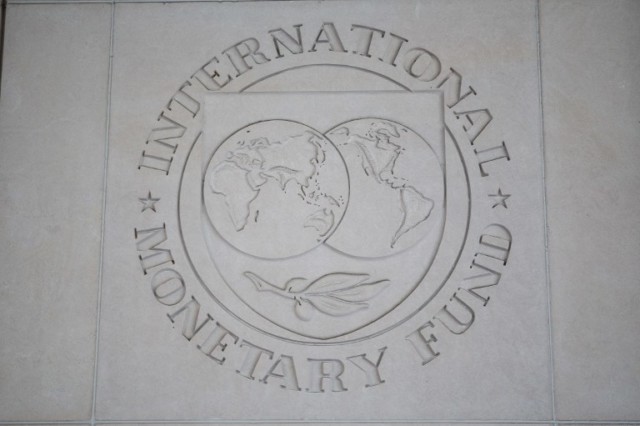The International Monetary Fund is warning that if trade tensions aren’t resolved global output would fall by a half percentage point by 2020.
This equates to about $430 billion in lost productivity. The IMF is urging countries to resolve differences within the conventional multilateral trading system or risk severe economic damage. For now, the International Monetary Fund is sticking to its forecasts of 3.9 percent global growth for this year and for 2019.
Americans are continuing to spend as job growth continues. But because of that spending, the U.S. is buying more goods from overseas. That’s leading to higher trade deficits, which indicates continued strength even at this late point in the business cycle. But on the other hand it’s the opposite of what Donald Trump is trying to achieve. The IMF thinks that’s because the U.S. simply doesn’t have the capacity domestically to meet that demand and has to buy from overseas.
IMF Chief Economist Maury Obstfeld is concerned: “The risk that current trade tensions escalate further with adverse effects on confidence, asset prices and investment globally is the greatest near-term threat to the world’s growth. Global current account imbalances are set to widen, owing to the United States’ relatively high demand growth, possibly exacerbating frictions.” Obstfeld says the United States is very vulnerable if the trade conflict escalates simply because it is fighting with most of its major trading partners.
By contrast, the European Union could shift its exports further toward Asia and other trading partners. He says, “The United States has initiated trade actions affecting a broad group of countries and faces retaliation or retaliatory threats from China, the European Union, its NAFTA partners and Japan, among others. Our modeling suggests that if current trade policy threats are realized and business confidence falls as a result, global output could be about .05 percent below current projections by 2020. That’s a half a percentage point.” That equates to about $430 billion from global productivity.
The IMF says China is vulnerable because of its export-led economy. But as it transitions to more domestic consumption, China also has financial resources to provide support during times of vulnerability. By contrast, the United States has chosen to reduce taxes to further stimulate the economy during a period of growth. That means higher levels of public debt, and a reduced ability to stimulate its economy during the next downturn.
The IMF projects Chinese growth for this year will moderate to 6.6% and for 2019 it will come in at 6.4%, in line with its previous projections from April. That slight dampening is mainly attributed to necessary efforts to tighten financial regulations and limit the rapid growth of domestic credit, especially borrowing by non-financial businesses.
 CGTN America
CGTN America
 The logo of the IMF Headquarters September 30, 2016 in Washington, D.C. / AFP PHOTO / ZACH GIBSON
The logo of the IMF Headquarters September 30, 2016 in Washington, D.C. / AFP PHOTO / ZACH GIBSON
